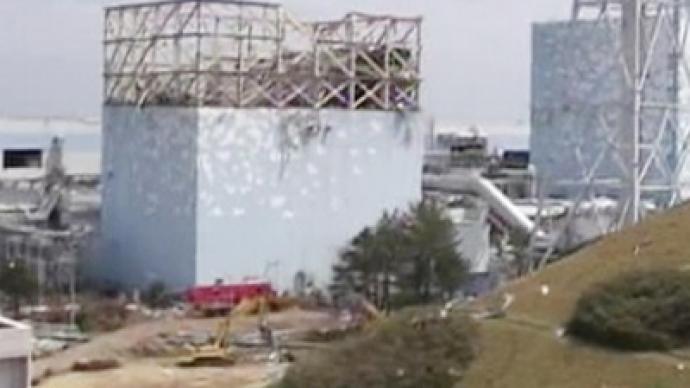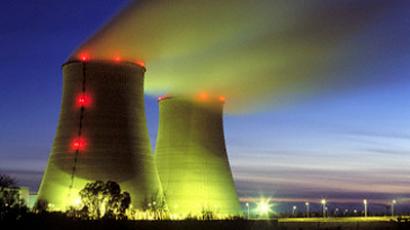Fukushima vent failures dire sign for Americans

Emergency vents praised by American officials as the devices which will save American nuclear plants from devastating hydrogen explosions were put to the test in Japan — and failed miserably.
Experts and officials at the Fukushima Daiichi plant that was left cripples by a large earthquake and massive tsunami said vents put in place to prevent hydrogen explosions have failed. These are the same vents praised by American officials and currently installed on most US nuclear plants. The recent revelation calls into question the safety of American nuclear facilities. US officials have continually promised American plants were up to code and fully secure. The vent failures have many worried. When the vents failed at Fukushima hydrogen explosions sent radioactive materials into the Earth’s atmosphere, according to Japan’s nuclear regulatory agency.A report released by the plant in Japan shows that mechanical failures and clear design flaws in the vents lead to their failure. The vents failed partially because they required electricity to run. When the earthquake and tsunami struck, electricity was knocked out at the plant. This is a fatal flaw. In an emergency there is no guarantee workers will be able to reply on having electrical power. When operators attempted to open the vents to release pressure and prevent explosions the vents failed to respond because there was no power to them. When they attempted to manually open the vents, the pressure did not fail, leading many to believe that the vents were incapable of releasing the pressure as designed. When the vents failed explosions followed. This could happen in the United States as well unless changes are made and systems either redesigned or fully replaced with alternative technologies.“Japan is going to teach us lessons,” David Lochbaum at the Union of Concerned Scientists told The New York Times. “If we’re in a situation where we can’t vent where we need to, we need to fix that.”The vents are not the only lesson American can learn from the Fukushima disaster. Following the tragedy a review of nuclear plants revealed that many US nuclear facilities did not meet basic safety and security standards. Some California plants did not even have plans for how to respond in the case of a major earthquake or tsunami. In New York a plant had requested and been granted over 100 safety exceptions to evade certain requirements. Few US plants had any procedures in place to respond power outages on the site or other disasters.














